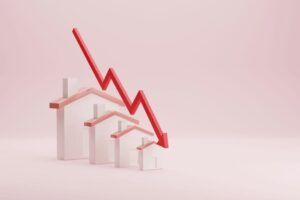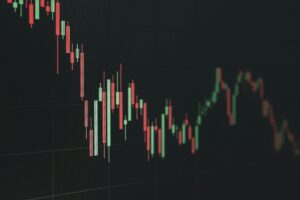Written by James Athey, Investment Director – Fixed Income, abrdn
Will 2023 be the turning point for long-suffering bond investors? Will bond markets finally deliver yield after struggling for so many years? Will central banks reverse the upwards trajectory of interest rates, boosting the attractiveness of fixed-income securities?
These are some of the questions we ask ourselves as we look ahead following an awful year for financial markets, the worst year for bond performance in recent memory.
These questions aren’t just wishful thinking on our part. We do believe the signs are there for a reversal of fortune for bonds that could be as dramatic, if not more so, than what we’ve had to endure so far.
Many people know that inflation is the bond investor’s ‘kryptonite’ (the fictional material that weakens Superman). Not only does inflation eat away at the coupon a bond pays, but it usually triggers central banks to raise interest rates. Rising interest rates (and bond yields) mean falling bond prices.
When Russia’s invasion of Ukraine earlier this year disrupted global energy and food supplies, compounding supply problems linked to Covid lockdowns, it unleashed the sort of inflation most of us haven’t seen in decades.
Many central banks were forced to raise rates to stop prices spiralling out of control. Policymakers have pledged to continue raising rates into next year, even if it means pushing economies into recession.
Bad for bonds
In theory, bonds are a defensive asset and should perform well during periods of rising risk – slower economic growth, war, general uncertainty.
However, in practice, bond performance disappointed this year, especially when compared to riskier asset classes such as equities. This was extraordinary, given how expensive equities were, particularly a number of pandemic-related and technology stocks.
One reason is that shares have a degree of inflation protection, as companies can raise prices. Bonds on the other hand pay a fixed nominal coupon, which is eroded by inflation, leaving investors with a lower real return. Furthermore, bond yields were so low at the start of this year that the average bond duration – the period of time before maturity – was very high, as investors sought marginally better returns in longer-dated paper. So, bonds were expensive, and the subsequent fall in bond prices, for a given rise in yields, was very steep.
Bond markets have been grim, therefore we may have reached a turning point:
Recession will bring inflation under control. Global economic activity will slow as high food and energy prices combine with high interest rates (and eventually job losses) to lead to recession.
As an economy weakens, inflation should fall. Current market pricing suggests the US Consumer Price Index (CPI) will fall to around 3% by December 2023, down from nearly 8% now. Similar dynamics are now priced into most major markets.
Central banks to stop monetary tightening. Recession, plus a significant decline in headline inflation, will allow central banks to slow and ultimately reverse interest-rate hikes.
If this economic scenario plays out, we expect significant interest-rate cuts in late 2023, or early 2024. But financial markets are forward-looking, so investors will price those cuts in advance of central-bank confirmation, creating a more conducive environment for bonds.
Relative valuations – bonds vs equities. After a year of market turmoil, bonds haven’t been this cheap relative to equities since the dotcom bubble of the early 2000s and equities have scope to fall further. Historically, the maximum drawdown for stocks relative to bonds, from this sort of valuation comparison, could range from 25% to 75%.
Previous periods when bond valuations, versus equities, were this attractive generally came at the top of equity bull markets. Equities are still quite expensive, while bonds are quite cheap. Long-term investors and asset allocators should begin to act on this in 2023.
Final thoughts
If we’re right, we will likely see weakening economic growth in 2023, falling inflation and central bank policies that are more supportive of financial assets. Investors will anticipate these changes and start moving out of cyclical (and expensive) equities into defensive (and cheap) bonds. If all these conditions are met, they should create a much more positive year for bond investors.














